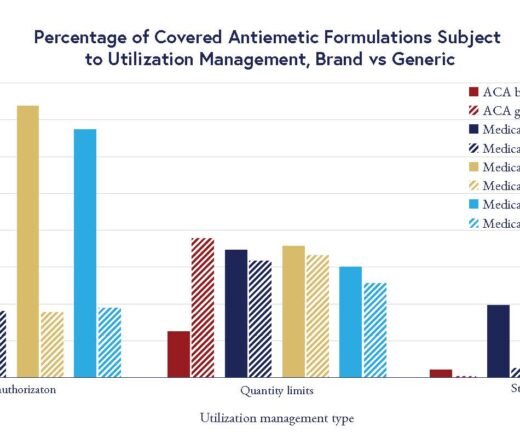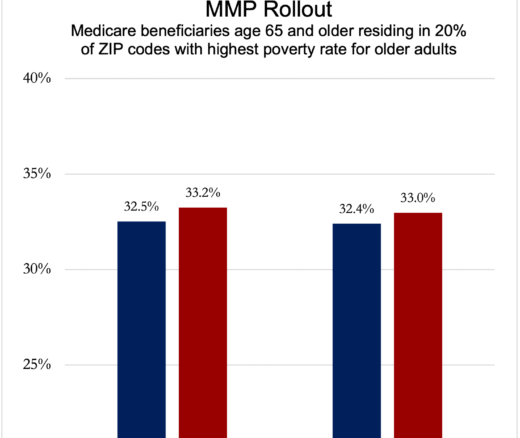
Insurers’ Utilization Management Tools Vary Widely on Anti-Nausea Drugs for Cancer
Chart of the Day: LDI Researchers Report Major Coverage Differences Across ACA and Medicaid Plans, Affecting Access to Drugs That Treat Chemo-Related Nausea
In Their Own Words

The following excerpt is from an op-ed that first appeared in STAT News on October 1, 2025.
One of the most contentious parts of President Trump’s recent tax bill is its requirement that “able-bodied” Medicaid recipients ages 19 to 64 (with some exceptions) go to work. Proponents say the policy will slash federal Medicaid spending and promote self-sufficiency, both laudatory goals.
There is one big issue though. These rules are unlikely to work, based on history and my independent analysis of census data from the Survey of Income and Program Participation, or SIPP. If the administration is serious about achieving these goals, it would do better to incentivize the private sector to provide more jobs with insurance.
There are four chief problems:
As others have noted, most non-disabled Medicaid enrollees already work, perform other qualifying activities, or are exempt from work requirements. The proportion of adult Medicaid recipients who actually work more than 80 hours per month for wages is 44%, according to the American Enterprise Institute, and most of the other 56% are engaged in alternatives like caring for children or going to school, or have a health-related work limitation. Bottom-line estimates of those not in compliance range from 8% to 15% of the adult Medicaid population.
We know this from the SIPP database, which tracks recipients’ income and participation in federal programs like Medicaid. Here’s a snapshot: In December 2021, 52% of working-age Medicaid enrollees who were not receiving SSI/SSDI (disability payments) worked 80 or more hours. The most common reasons for not working were caregiving for a child or others (20%), disability or chronic health condition (20%), or in school (17%). The portion not interested in working — just 5% — presumably represents the group with the most capacity to respond to work incentives, although many have children or go to school as well.
Read the full First Opinion here.


Chart of the Day: LDI Researchers Report Major Coverage Differences Across ACA and Medicaid Plans, Affecting Access to Drugs That Treat Chemo-Related Nausea

Insurers Avoid Counties With Small Populations and Poor Health but a New LDI Study Finds Limited Evidence of Anticompetitive Behavior

A Proven, Low-Risk Treatment Is Backed by Major Studies and Patient Demand, Yet Medicare and Insurers Still Make It Hard To Use

Chart of the Day: Medicare-Medicaid Plans—Created to Streamline Care for Dually Eligible Individuals—Failed to Increase Medicaid Participation in High-Poverty Communities
Research Brief: Shorter Stays in Skilled Nursing Facilities and Less Home Health Didn’t Lead to Worse Outcomes, Pointing to Opportunities for Traditional Medicare

How Threatened Reproductive Rights Pushed More Pennsylvanians Toward Sterilization